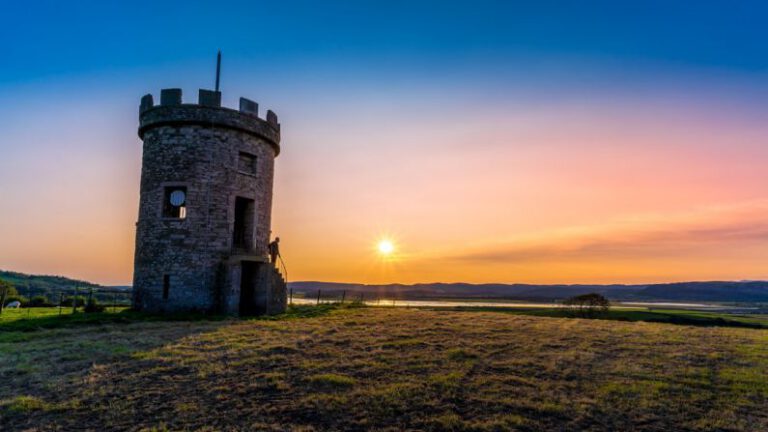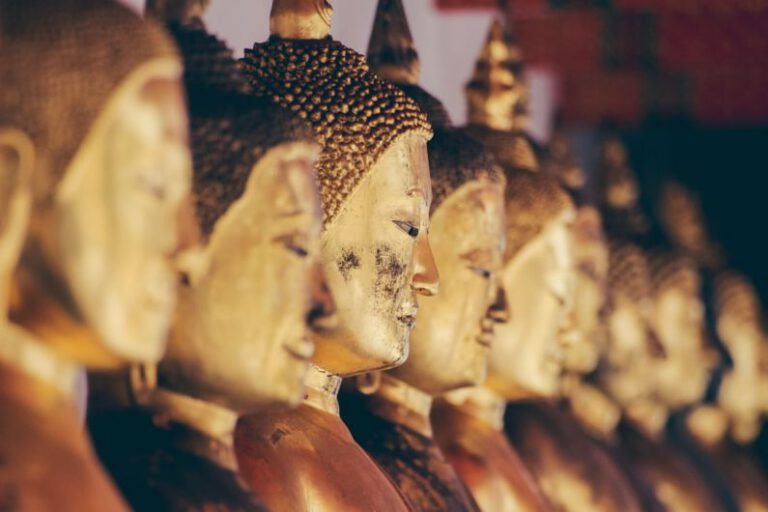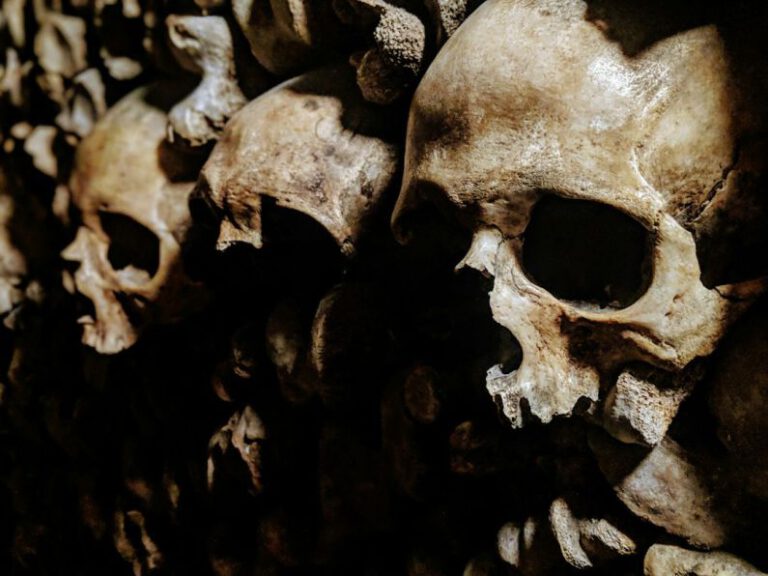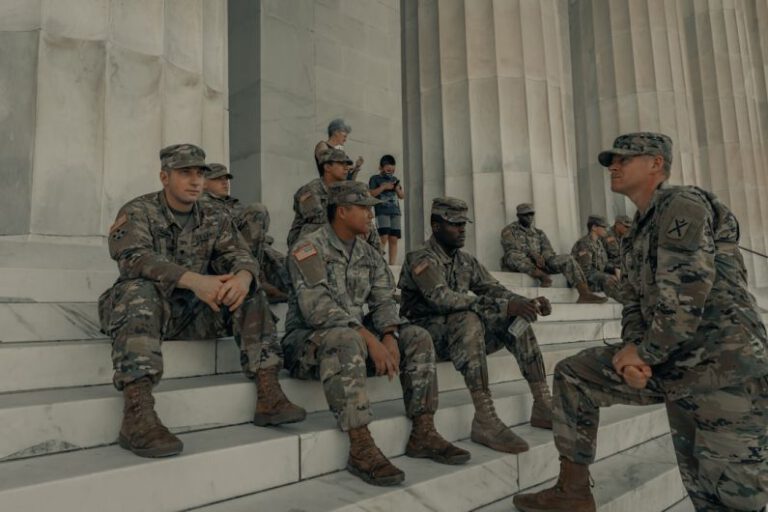What’s the Secret of the Borobudur Temple: Lost or Forgotten?
The Borobudur Temple: Lost or Forgotten?
Nestled on the Indonesian island of Java lies the magnificent Borobudur Temple, a UNESCO World Heritage site and one of the most impressive Buddhist monuments in the world. The temple’s grandeur and intricate design have captivated visitors and historians alike for centuries. But amidst its beauty and historical significance, a lingering question remains – what is the secret of the Borobudur Temple? Is it a lost treasure waiting to be uncovered, or a forgotten relic of a bygone era?
Unraveling the Mysteries of Borobudur
As one of the largest Buddhist temples in the world, Borobudur is shrouded in mystery and intrigue. Built in the 9th century during the reign of the Sailendra dynasty, the temple stands as a testament to the rich cultural and religious heritage of Indonesia. Its unique architecture, with its nine stacked platforms and 72 stupas adorned with over 500 Buddha statues, reflects a blend of Indian and Javanese influences.
The Hidden Meaning Behind the Design
One of the most fascinating aspects of Borobudur is the intricate reliefs that adorn its walls. These carvings depict scenes from Buddhist cosmology and teachings, illustrating the path to enlightenment and the concept of karma. As visitors ascend through the temple’s levels, they are taken on a symbolic journey from the world of desire and suffering to the state of Nirvana.
The Mystery of the Missing Buddha Statues
Despite its grandeur and historical significance, Borobudur has not escaped the ravages of time and human intervention. Over the centuries, the temple has been subjected to looting and vandalism, resulting in the disappearance of several Buddha statues and other precious artifacts. The whereabouts of these missing treasures remain unknown, adding to the enigma surrounding Borobudur.
The Curse of Borobudur
Legend has it that Borobudur is cursed, with tales of misfortune befalling those who dare to disturb its sanctity. According to local beliefs, the temple is guarded by supernatural forces that exact vengeance on anyone who desecrates its sacred grounds. While skeptics may dismiss these stories as mere superstition, the mysterious disappearances and tragic accidents that have occurred at Borobudur over the years lend credence to the notion of a curse.
The Quest for Answers
In recent years, archaeologists and historians have embarked on a quest to unravel the secrets of Borobudur and shed light on its mysterious past. Through painstaking research and excavation, they have unearthed new discoveries about the temple’s construction, symbolism, and cultural significance. These findings have deepened our understanding of Borobudur and its place in history, but many questions still remain unanswered.
Lost or Forgotten?
So, is the secret of Borobudur lost or forgotten? The answer may lie somewhere in between. While much has been discovered about the temple and its significance, there are still mysteries waiting to be uncovered. The missing Buddha statues, the enigmatic carvings, and the tales of curses all contribute to the allure and intrigue of Borobudur.
The Legacy of Borobudur
Regardless of its secrets and mysteries, Borobudur stands as a testament to the ingenuity and spirituality of its creators. The temple’s timeless beauty and profound symbolism continue to inspire awe and reverence in all who visit it. As we marvel at its grandeur and contemplate its mysteries, we are reminded of the enduring legacy of Borobudur and the profound wisdom it embodies.
In conclusion, the Borobudur Temple remains a captivating enigma, a treasure trove of secrets waiting to be uncovered. Whether lost or forgotten, its mysteries continue to intrigue and inspire, beckoning us to delve deeper into its storied past. As we unravel the secrets of Borobudur, we gain a greater appreciation for the rich cultural heritage and spiritual legacy it represents.






